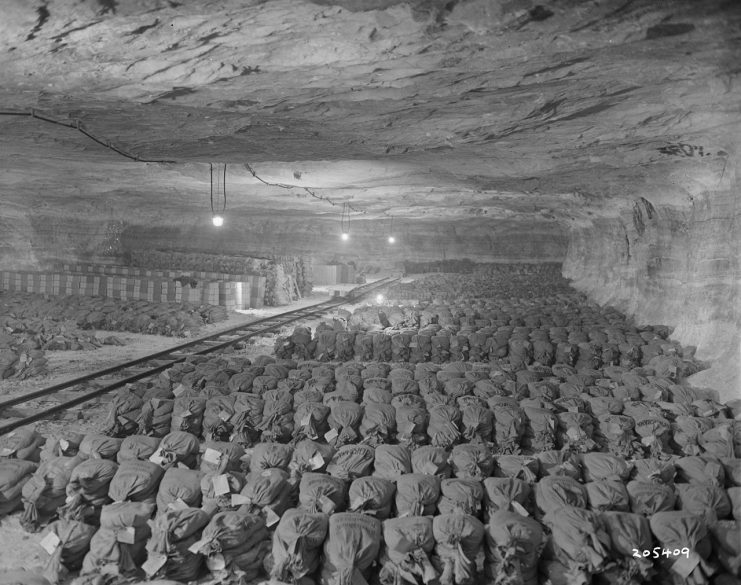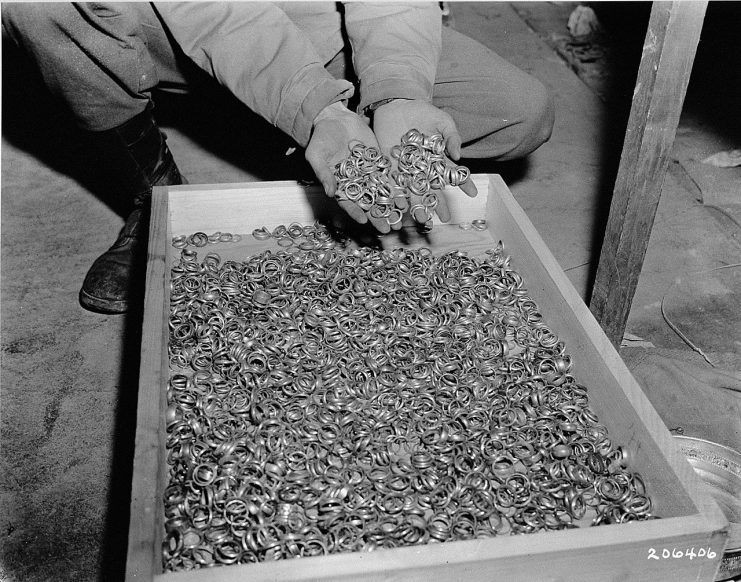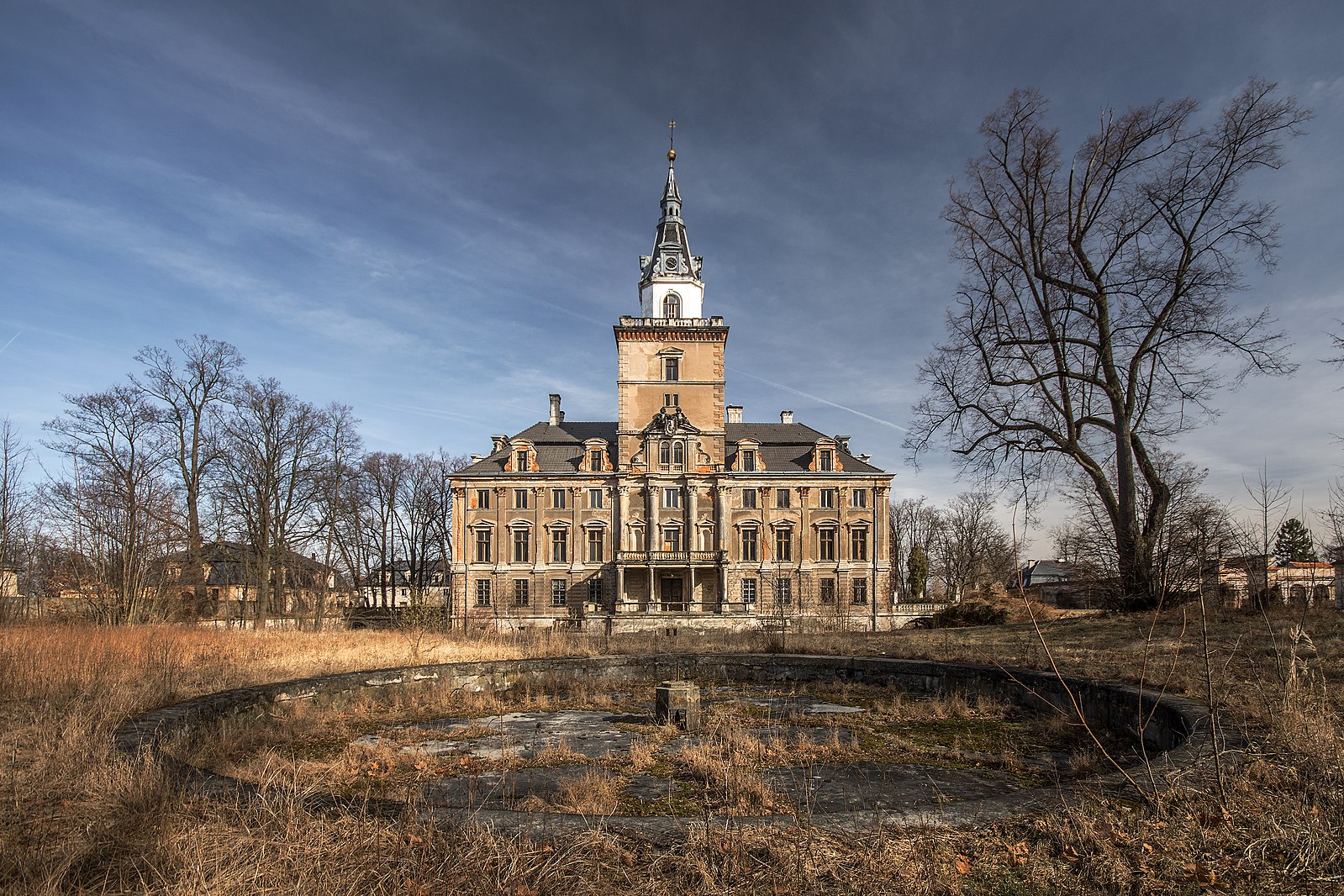The journal that mentions the gold was written under the pseudonym “Michaelis” and was secretly kept hidden in Quedling, Germany, by a Masonic lodge.
The lodge has existed as a secret society for over 1,000 years and has counted elite Nazi officers among its members.
Seventy-five years ago, a Waffen Schutzataffel (SS) officer in the German Army kept a journal in which he wrote about Nazi commander Heinrich Himmler’s plans to hide stolen artifacts, works of art and other riches under a castle in Poland.
“Michaelis” is believed to have been a member who was responsible for Nazi transport in southwestern Poland.
The journal lists eleven sites where Nazis hid gold, jewels, paintings and religious artifacts.
One of the listed locations is an abandoned well which is almost 200 feet deep. The well is under the Hochberg Palace in Roztoka, Poland.

It is believed that 30 tons of gold taken from the Reichsbank in Breslau (now Wrocław), Poland. The worth of the gold is estimated to be worth billions of euros.
The journal was kept secret by the lodge until 2019 when it was given to the Silesian Bridge foundation in Poland.
The foundation announced the receipt of the journal in March of 2019. It said that the journal was a gift to the people of Poland as an “apology for World War II.”
The journal contains a map which allegedly points to the location of the well at the Hochberg Palace. Other documents suggest that the Nazis placed the gold in the well, murdered any witnesses and placed their bodies in the well. They then sealed the entrance to the well with explosives.
Experts analyzing the journal have concluded that it was indeed written during World War II. The Ministry of Culture and National Heritage has yet to confirm the authenticity of the journal though.
There is some circumstantial evidence to suggest that the idea of billions of euros in gold lies under the Hochberg Palace.
The palace resides in Lower Silesia which is a Polish region that contains an extensive network of caves, mines and tunnels.
It has long been notorious as a place where the Nazis hid treasure stolen from Jews and from museums in the countries they occupied.

When the war ended, the US connected a director of the Silesian Museum to stolen art in Lower Silesia. He listed 80 locations where he personally hid treasures and wealth, including the Hochberg Palace.
Many of those caches are believed to have been looted by the Russian army as they marched toward Berlin.
Experts estimate that the Nazis stole about five million European works of art from Jews, museums and private. There are approximately 63,000 artworks and artifacts missing that were stolen from Polish Jews. The government of Poland is working to retrieve those works).
At the same time, the Polish government is being criticized by opponents for allowing works of art to remain in the collections of Polish museums after the Nazis stole them from Jews in the Netherlands.
Mystery of LCT That Vanished 77 Years ago With 14 Crew on Board Solved
The current owners of the Hochberg Palace are planning to restore the palace which is currently in a state of disrepair. They plan to include a search for the gold as part of the restoration.
